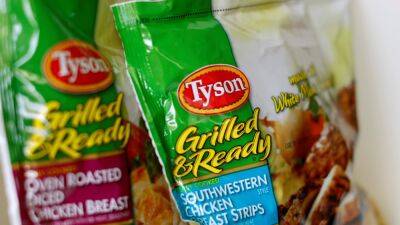From Glastonbury chocolate to refurb computers: how you can help charities in the UK cost of living crisis
G iving to charity has become one of the casualties of the cost of living crisis for many people – even though these same financial pressures mean many organisations doing good work are more desperate for donations than ever.
After steadily increasing over the years, charitable donations fell off a cliff last year, totalling £4.3bn in 2022 – down £5bn on the 2021 figure of £9.3bn, according to a recent report.
Millions of people have had to make cuts amid soaring bills but would still like to make a difference with their cash, even if it’s only the odd small sum. So what can you do to maximise the amounts you give to the causes you care about, without overstretching your own finances?
The good news is that there are a number of “frictionless” ways of giving to charity, some of which don’t even involve any extra outlay.
“Charities are facing a double whammy at the moment,” the policy manager at the Chartered Institute of Fundraising, Charlotte Weatherley, says. “Inflation means that demand for services is rising, and on top of that, those services are getting more expensive to run. So the need for donations, whether it’s a one-off or a regular one … It really has never been more important.”
However, those donations have been falling, according to the Charities Aid Foundation (CAF), 4.9 million people decided not to make a one-off donation last year, while 3.2 million said they had cut or stopped a regular payment to charity. The impact on charities is severe: separate CAF research showed that more than half (53%) of the 1,300 charities surveyed were worried about surviving.
“You can often tweak something you’d be buying anyway to make it a charity product,” Weatherley says.
Aside from the obvious high street charity shops,
Read more on theguardian.com












